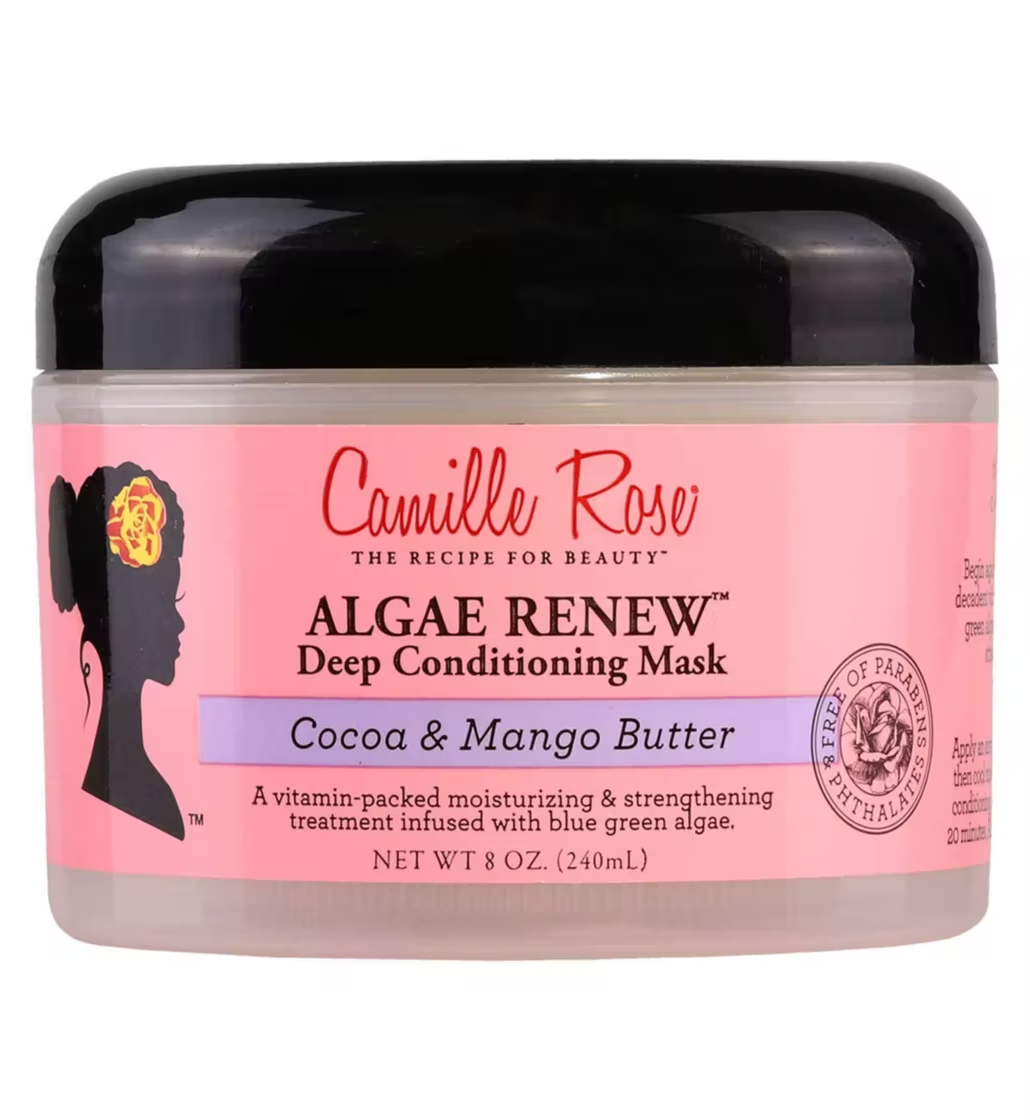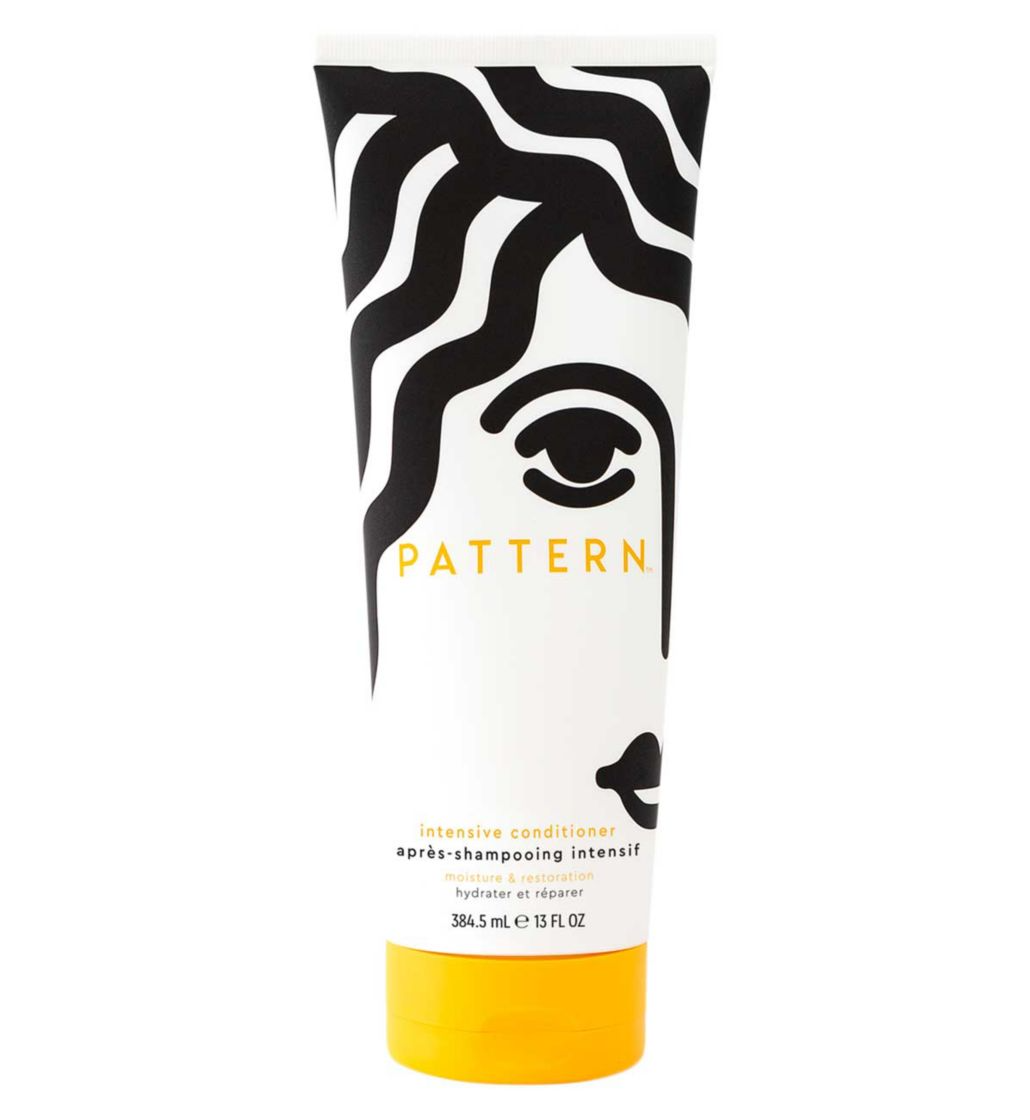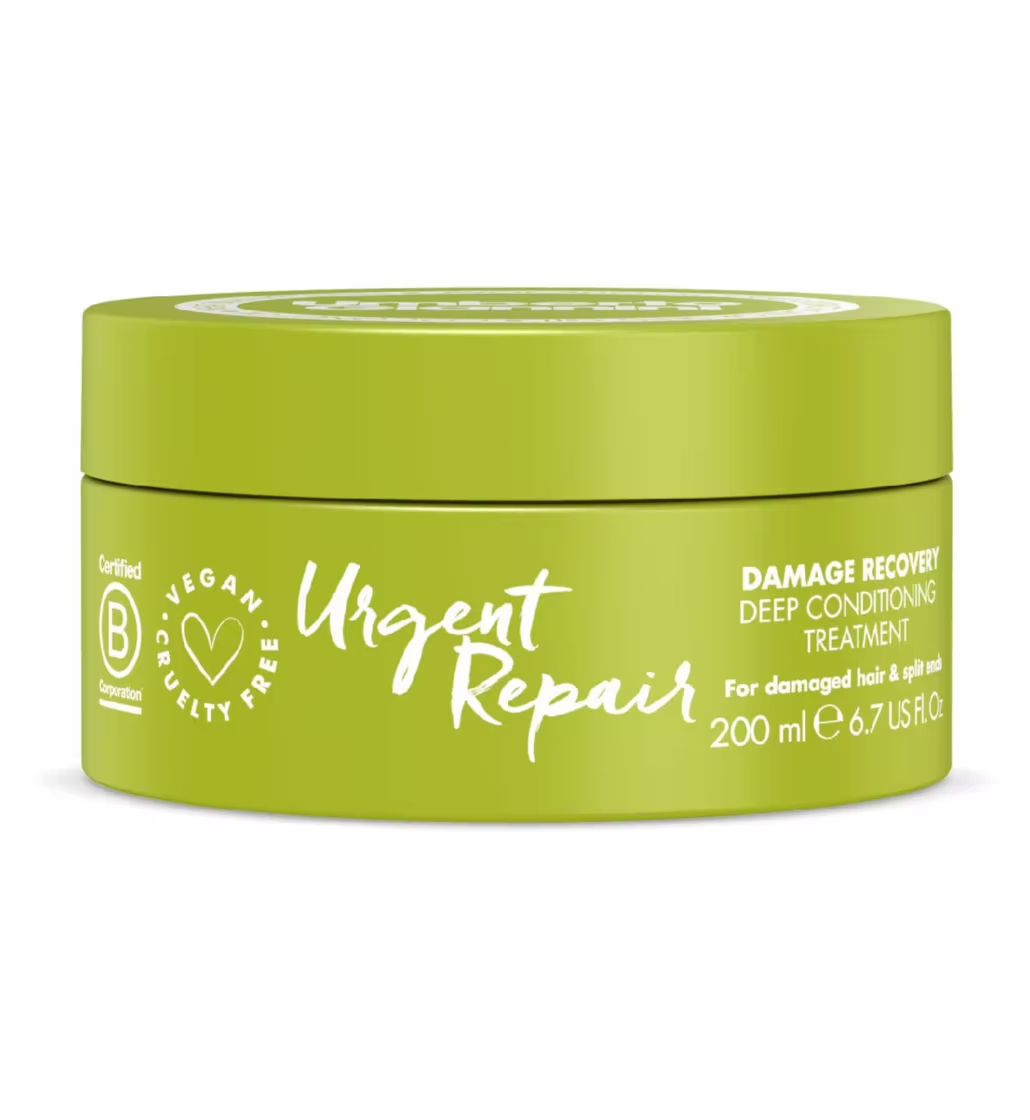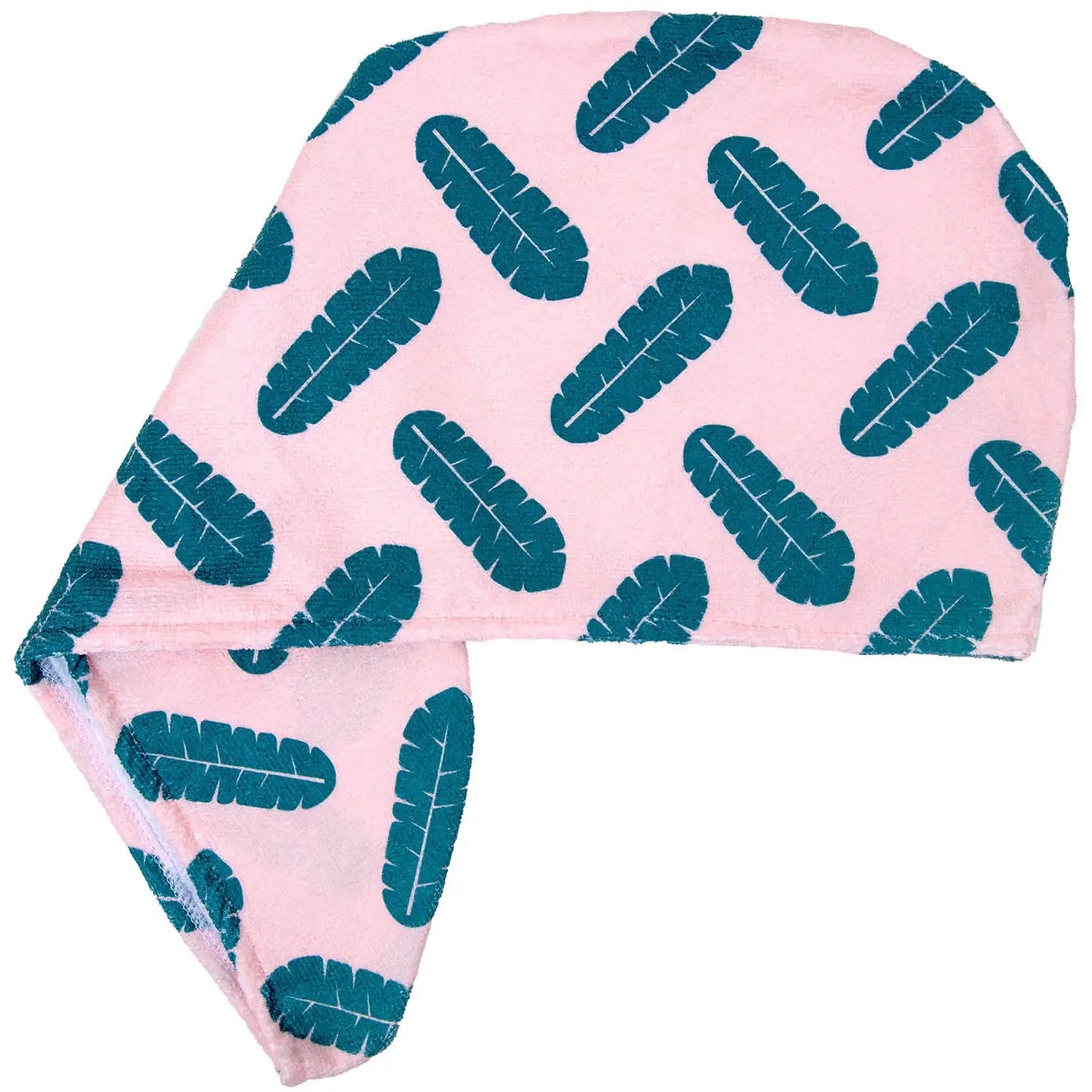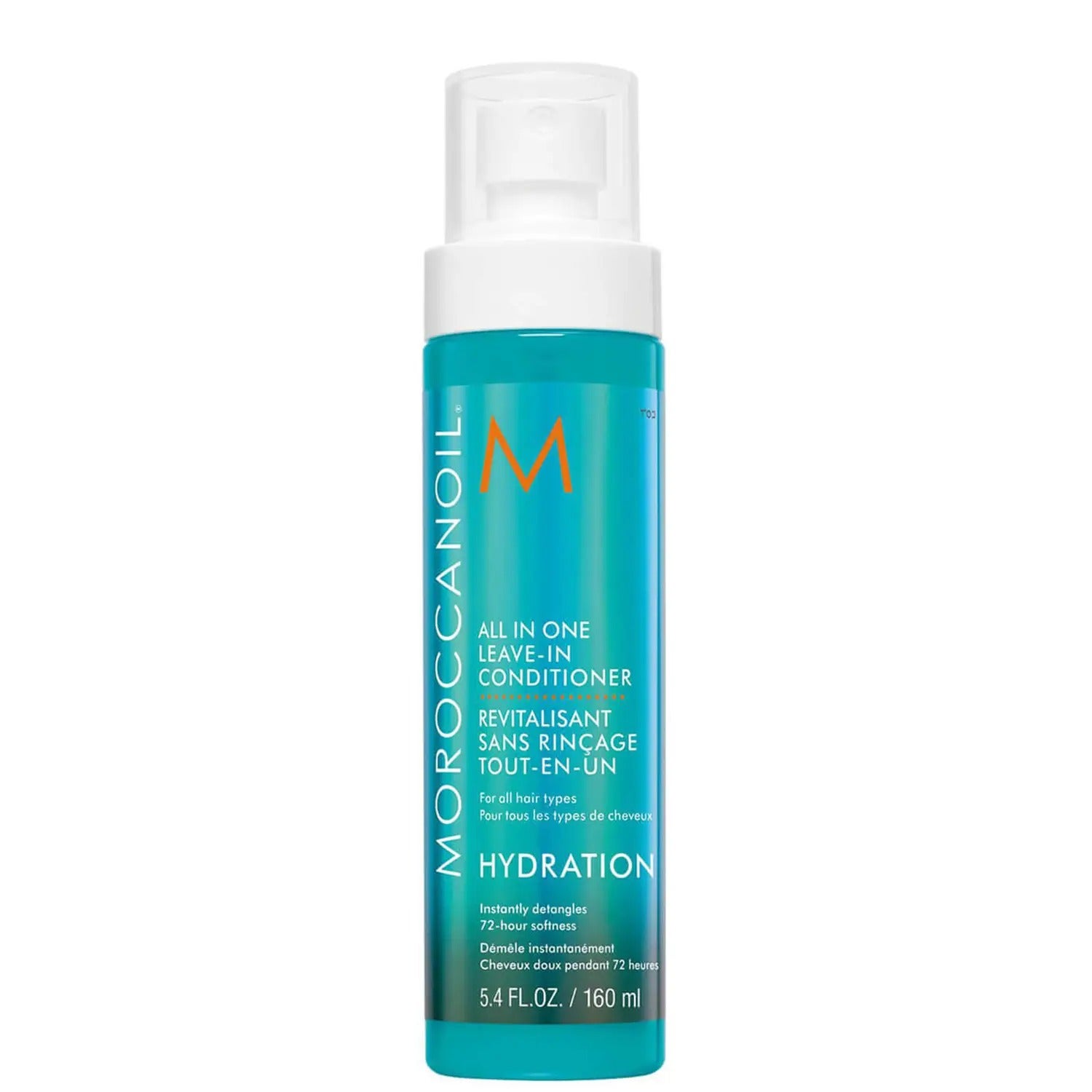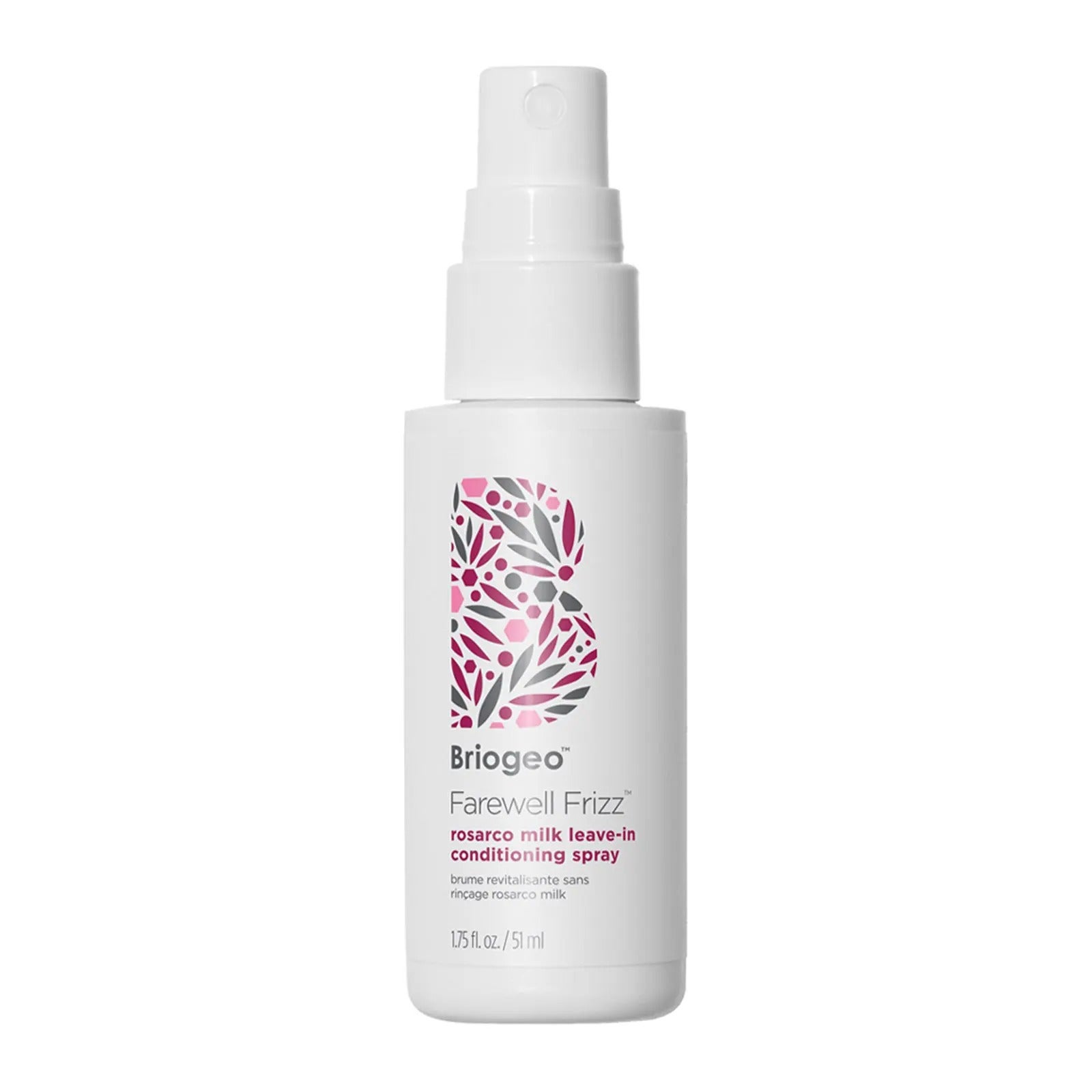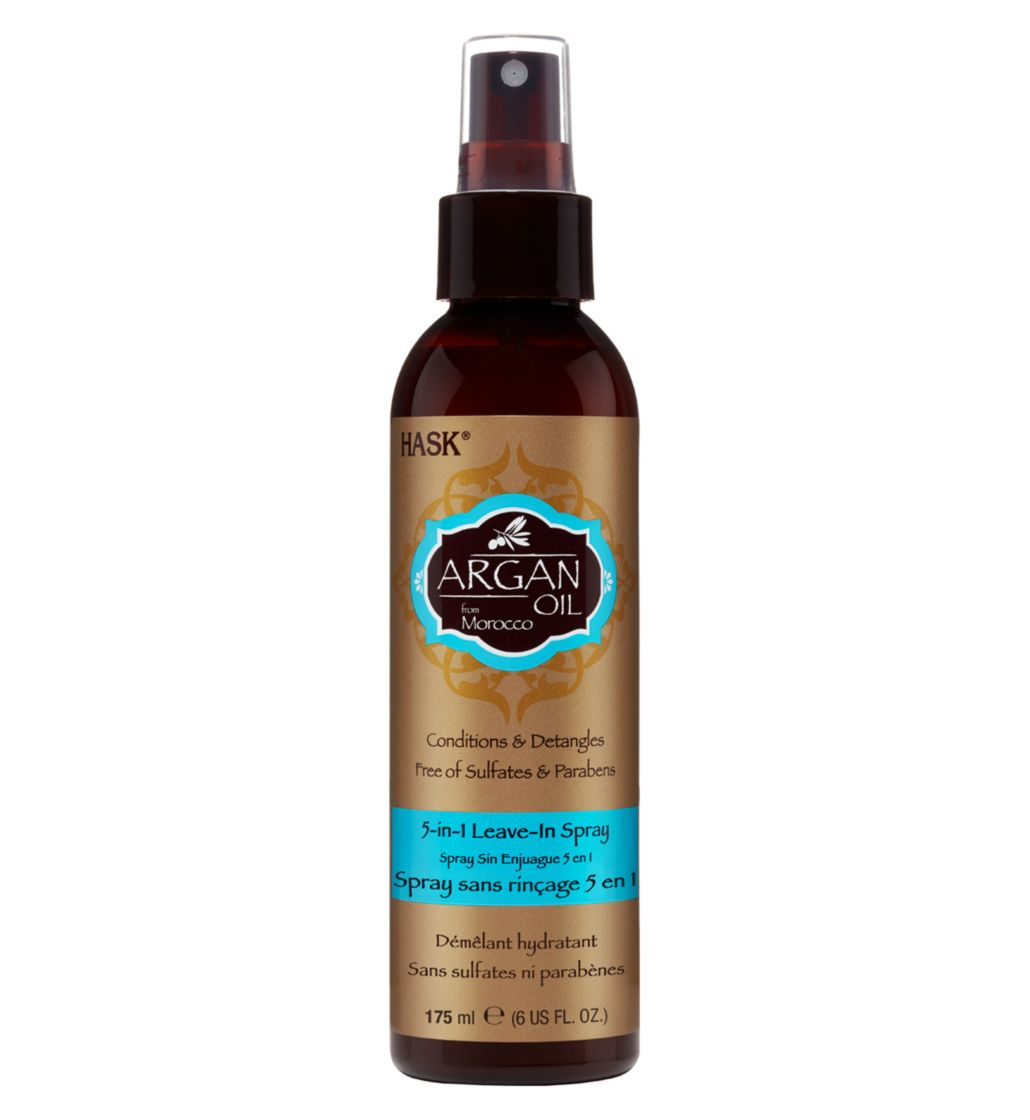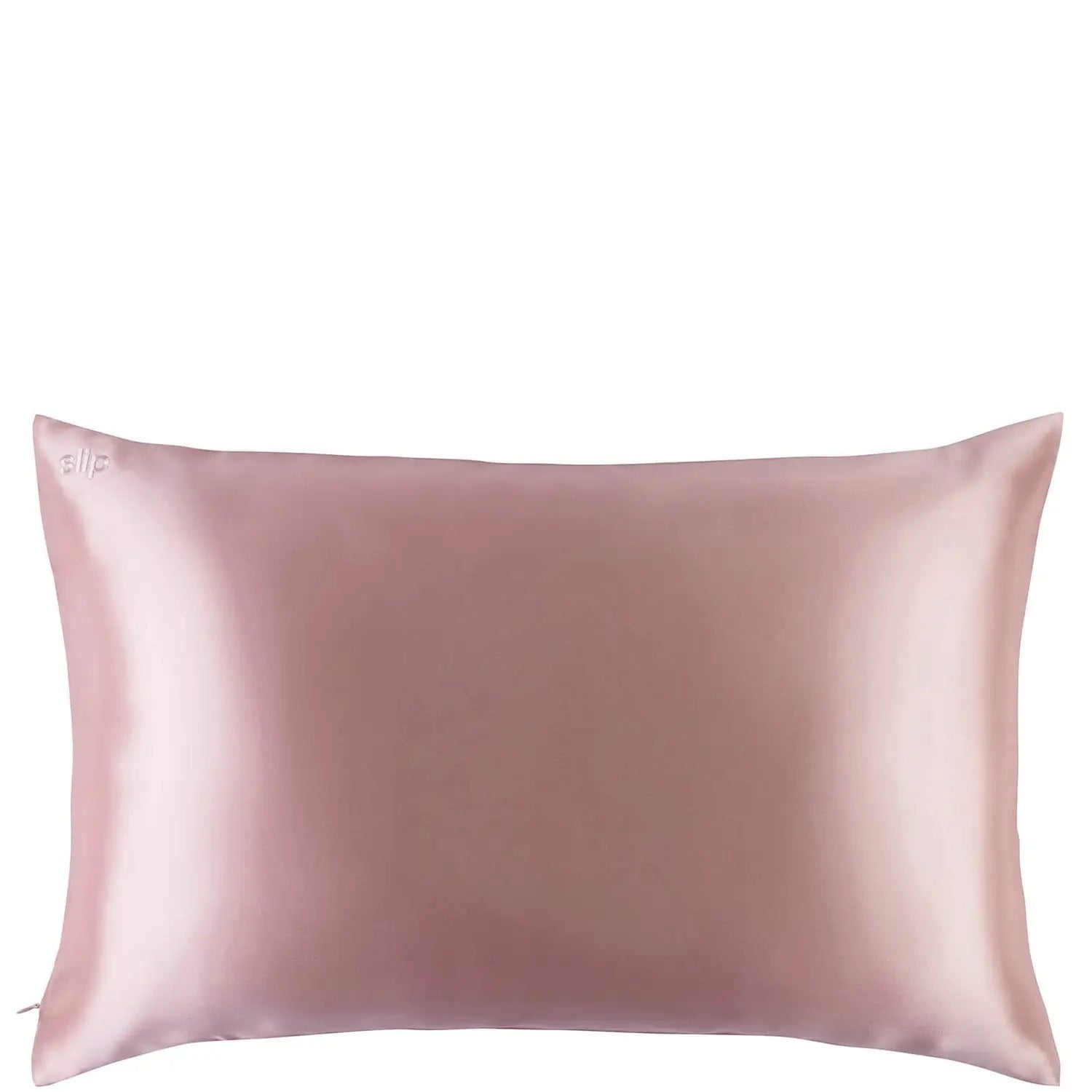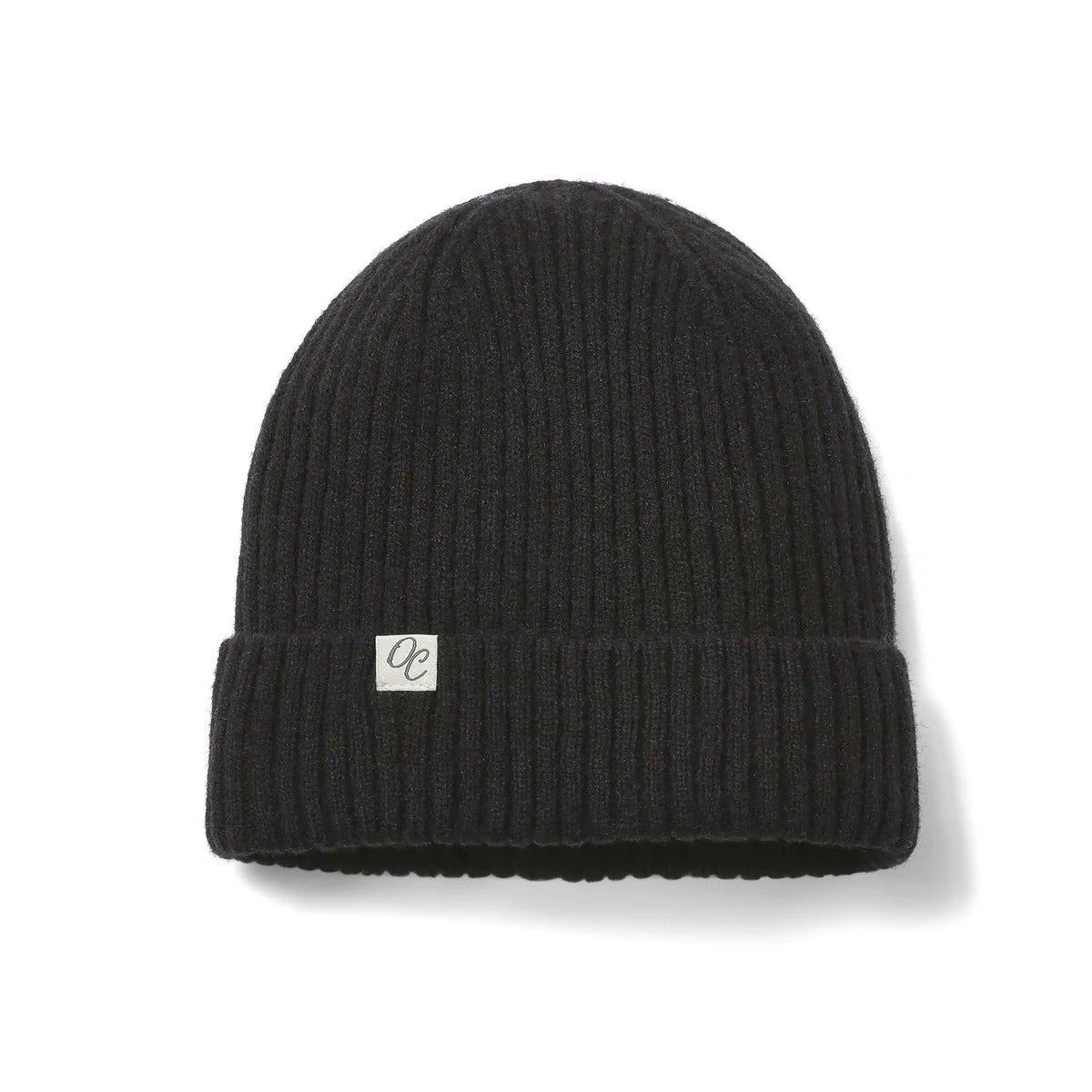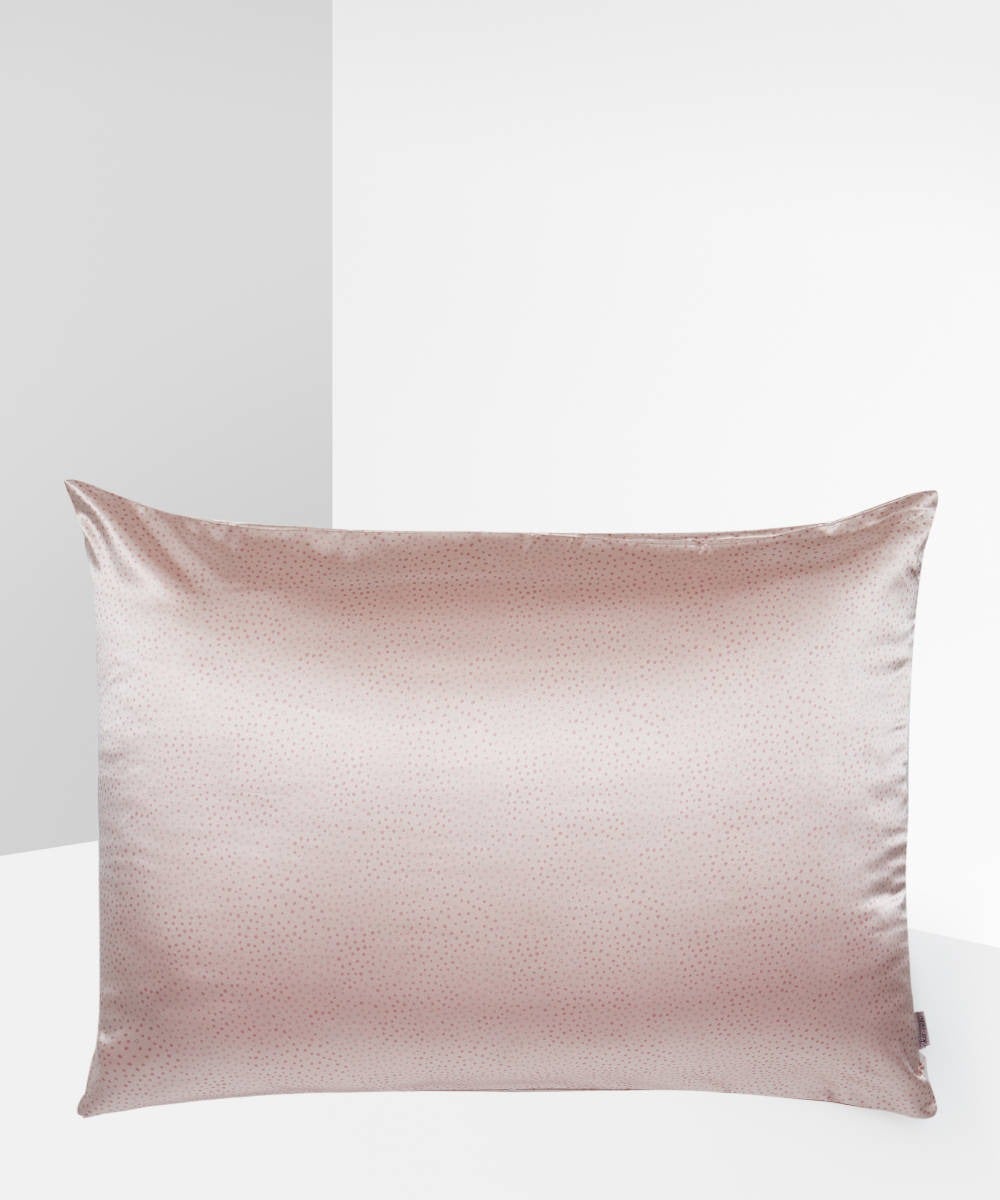As adults, we've learned that slightly changing small habits can make a huge difference, especially in our beauty routines. We diligently transition our body- and skincare rituals when cold weather rolls around. We swap our oil-absorbing moisturisers for moisture-rich creams; exchange our fruit-scented perfumes for musky gourmands, and yes — we pull out of all of our holiday-friendly red lipsticks.
You might forget about your hair in the 'Winter Transition,' but you shouldn't — especially if it's naturally curly. "Changing up your hair routine is important as you enter a new season," Larry Sims, celebrity hairstylist and co-founder of Flawless by Gabrielle Union, says. "For much of the year, we're exposed to the sun and our natural environment, leaving the hair cuticle vulnerable. It's essential to give your natural hair some extra love in colder months."
AdvertisementADVERTISEMENT
For curly hair, extra winter love starts with a simple swap of your deep conditioner, but it also includes keeping up with haircuts and treatments. Ahead, we spoke to the pros for the tips they give their clients so that your hair can thrive this winter.
Double up on deep conditioner
Rebuilding. That's the word Sims says to keep in mind as you shape your winter hair care routine. "Your cuticle gets damaged from chemicals, and wear and tear from daily styling," he explains. "This creates pockets and holes in the cuticle that can eventually result in shedding and breakage."
To stop breakage in its tracks, Sims says that adding a nourishing deep conditioning mask to your routine can drastically strengthen your curls. Try the Pattern Beauty Intensive Conditioner, £25, which boasts moisturising shea butter and avocado oil, or the Camille Rose Algae Renew Deep Conditioner, £15.99, with nourishing cocoa and mango butters.
Matrix artistic director Michelle O'Connor, a fellow curly girl, says that your sweaters and hats can exacerbate frizz and dryness. "Bulkier knits can cause more friction on the hair, leading to more brittle ends," she explains. "Using a moisturising treatment once weekly can help prevent that." O'Connor recommends slathering on a packet (or two) of this treatment once weekly, in addition to your conditioning routine, to smooth cuticles and add shine.
AdvertisementADVERTISEMENT
Make sure your hair is dry after styling
Most curly-hair experts would say that the best time to apply styling products is when the hair is drenched. That remains true even in cooler weather. However, while many of them would encourage air drying in the summer, they advise against going outside with wet hair when it's cold. O'Connor suggests dusting off your diffuser to dry your curls without disturbing them. "Moisture can escape from the hair as the air becomes dryer," she says.
Devachan Salon Senior Stylist, Mia Emilio, has also told her clients to invest in a microfibre towel to protect and define curls. "Be sure to remove as much excess water as possible to ensure maximum volume and to reduce frizz," she says. "Use a microfibre towel like Devacurl's new DevaTwist or any microfibre towel wrap to create less friction while removing extra water out of your hair."
O'Connor says that regular towels can disturb the cuticle, leading to frizz and tangles. She says the key to effectively using a microfibre towel is to use the "plop" method, which helps absorb water and maintain definition. "Lay the towel flat, flip your head over, and gently place your curls in the towel," she explains. "Grab the ends of the towel and start twisting, creating twists on each side and clip them together to secure." For maximum definition and to get the most water out of your hair, O'Connor says to wait 30 minutes before removing the towel.
AdvertisementADVERTISEMENT
Use thicker styling products
Cold weather can quickly absorb all the moisture out of once-juicy, hydrated curls. To keep your hair from getting dull and frizzy the moment you step outside (or put on your hat), O'Connor says to start practicing the LOC method if you're not already. "After washing and conditioning use a leave-in conditioner, followed by an oil, then seal in your moisture with a cream," she says. Using the LOC method will not only give you the most poppin' curls, but it'll make sure they stay glorious for extended periods of time.
Your leave-in conditioner of choice depends on how thirsty your hair is for moisture. Emilio says that if your hair isn't too dry, you can leave in some of your conditioner from the shower, or you can opt to mist on a lightweight formula instead. "Focus on applying the product on the ends and mid-shaft if you’re worried about volume."
For tighter coils, opt for thicker formulas with ingredients like coconut oil and shea butter to hydrate and define. Finish with lightweight oils to add just enough shine without making your curls feel heavy or greasy. "Hair oil is always a must for curls," O'Connor explains. "It helps maintain a healthy level of moisture that is needed in cooler weather." Ultimately, moisture will be your curl's best friend this season, so the more of it you have, the more good hair days you can count ahead. Try the OGX Renewing+ Argan Oil of Morocco Reviving Dry Oil, £8.99, and the Cantu Coconut Oil Shine and Hold Mist, £7.49.
AdvertisementADVERTISEMENT
Look for curl-friendly hats and pillowcases
Materials don't only matter when it comes to the type of towels you use on your curls. They're even more critical when you're looking to protect them from the elements. Most experts recommend trading your cotton pillowcase for a satin or silk option to avoid drying out and snagging on your natural hair, especially during the winter months.
"Satin is your secret weapon to protect your hair from bedhead and breakage," says Grace Eleyae, founder of Grace Eleyae Inc, a collection of satin-lined headwear. "Fabrics like cotton and wool suck the moisture right out of the hair strand, causing dryness and damage." Winter hats are a huge friction culprit since most of them are made of thick wool and cotton materials. Instead of your standard hat, opt for something satin or silk-lined, which will protect you from the cold without giving you a bad hair day.
Refinery29's selection is purely editorial and independently chosen – we only feature items we love! As part of our business model we do work with affiliates; if you directly purchase something from a link on this article, we may earn a small amount of commission.
